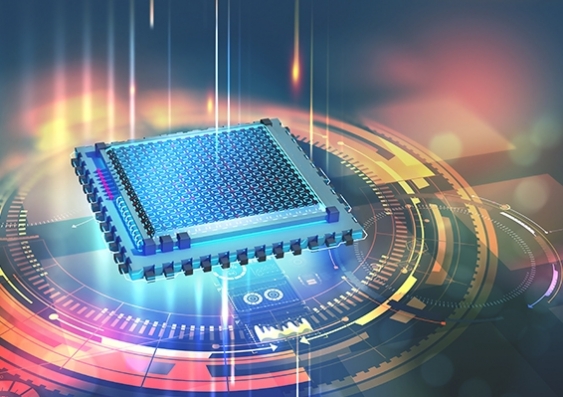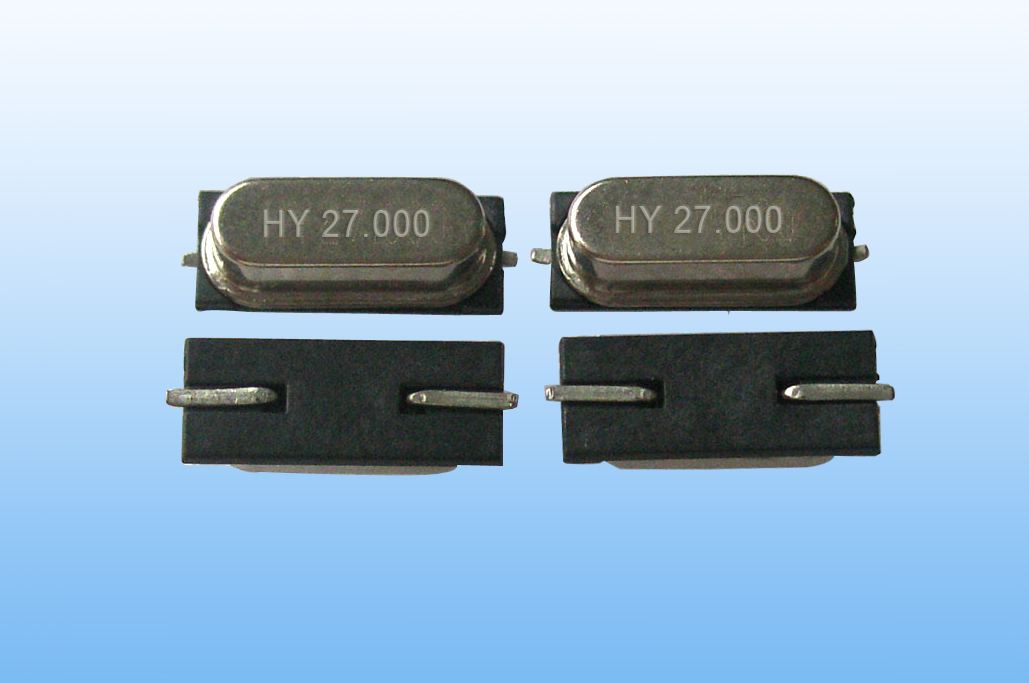创新背景
在量子计算中,保持旋转运动的次数越多,在计算过程中保持信息的机会就越大。当自旋量子比特停止自旋时,计算将折叠,并且每个量子比特表示的值将丢失。
两毫秒,或千分之二秒,在量子计算世界中是一段非常长的时间。在这些时间尺度上,眨眼(十分之一秒)就像永恒一样。
创新过程
在量子计算中,保持旋转运动的次数越多,在计算过程中保持信息的机会就越大。当自旋量子比特停止自旋时,计算将折叠,并且每个量子比特表示的值将丢失。
新南威尔士大学悉尼分校的一组研究人员在证明“自旋量子比特”(代表量子计算机中基本信息单位的电子特性)可以保存信息长达两毫秒方面进行了新的研究。“相干时间”,即量子比特可以在日益复杂的计算中纵的持续时间,这一成就比同一量子处理器中的先前基准长 100 倍。

相干时间越长,存储量子信息的时间就越长,相干时间会显示在丢失量子比特中的所有信息之前,还可以用任何算法或顺序进行多久的操作。
使这项任务更具困难性的是:未来的量子计算机如果要解决人类面临的一些最大挑战,例如寻找有效的疫苗,模拟天气系统和预测气候变化的影响,则需要跟踪数百万量子比特的值。
新南威尔士大学悉尼分校的同一个团队解决了一个技术问题——如何在不产生更多热量和干扰的情况下操纵数百万个量子比特。研究小组没有添加数千个微型天线来控制数百万个带有磁波的电子,而是想出了一种仅使用一根天线来控制芯片中所有量子位的方法,方法是引入一种称为介电谐振器的晶体。
这解决了空间、热量和噪声的问题,随着越来越多的量子比特上线以执行令人费解的计算,当量子比特不仅像传统的二进制计算机那样表示 1 或 0,而且同时使用一种称为量子叠加的现象时,这些问题将不可避免地增加。
全局控制与单独控制
研究人员通过连续旋转量子比特来改善相干时间,他们表明,经过处理的量子比特的相干时间超过230微秒(2.3亿分之一秒)。
在团队证明相干时间可以用所谓的“敷料”量子比特延长之后,下一个挑战是表明全局控制的电子也可以单独控制,以便它们可以保存复杂计算所需的不同值。

这是通过创建团队所谓的“SMART”量子比特协议来实现的——正弦调制,始终旋转和定制。
他们没有让量子比特绕圈旋转,而是操纵它们像节拍器一样来回摇摆。然后,如果将电场单独施加到任何量子比特上,使其失去共振,它可以进入与其邻居不同的速度,但仍以相同的节奏移动。
创新关键点
研究小组没有添加数千个微型天线来控制数百万个带有磁波的电子,而是想出了一种仅使用一根天线来控制芯片中所有量子位的方法,方法是引入一种称为介电谐振器的晶体。
创新价值
结果是,在全局控制(磁性)的影响下,不仅量子比特可以单独(电子)控制,而且相干时间要长得多,适合量子计算。
新研究可用简单的方法来同时控制所有量子比特,同时具有更好的性能,SMART协议将成为全面量子计算机的潜在路径。
Introducing dielectric resonator innovations to quantum computing can extend the "coherence time" by a hundredfold
In quantum computing, the more times you maintain a rotational motion, the better your chances of retaining information during the computation. When the spin qubit stops spinning, the computation collapses and the value represented by each qubit is lost.
A team of researchers at the University of New South Wales Sydney has carried out new research in proving that "spin qubits", which represent the electronic properties of the basic unit of information in a quantum computer, can hold information for up to two milliseconds. The "coherence time", or the duration that qubits can run in increasingly complex computations, is 100 times longer than previous benchmarks in the same quantum processor.
The longer the coherence time, the longer the quantum information can be stored, and the coherence time shows how much longer any algorithm or order can operate before all the information in the qubit is lost.
To make the task even more difficult, future quantum computers will need to track the value of millions of qubits if they are to solve some of humanity's biggest challenges, such as finding effective vaccines, simulating weather systems and predicting the effects of climate change.
The same team at the University of New South Wales in Sydney solved a technical problem - how to manipulate millions of qubits without generating more heat and interference. Instead of adding thousands of tiny antennas to control millions of electrons with magnetic waves, the team came up with a way to use just one antenna to control all the qubits in the chip by introducing a crystal called a dielectric resonator.
This solves the problems of space, heat and noise that will inevitably increase as more qubits come online to perform mind-boggling computations when qubits not only represent 1s or 0s like traditional binary computers, but also use a phenomenon called quantum superposition at the same time.
Global control and individual control
By continuously rotating the qubits to improve the coherence time, the researchers showed that the processed qubits had a coherence time of more than 230 microseconds (230 millionths of a second).
After the team demonstrated that coherence times can be extended with so-called "dressing" qubits, the next challenge is to show that globally controlled electrons can also be individually controlled so that they can hold different values needed for complex calculations.
This was achieved by creating what the team calls a "SMART" qubit protocol - sinusoidal modulation, always rotating and customised.
Instead of spinning the qubits in circles, they manipulated them to sway back and forth like metronomes. Then, if an electric field is applied to any qubit alone, making it out of resonance, it can enter a different speed than its neighbors, but still move at the same rhythm.
智能推荐
创造性的基于机械设备开发量子领域新型设备
2022-07-27将机械设备的优势带入量子领域,基于微小机械设备开发精密量子技术。
涉及学科涉及领域研究方向新建“量子级热泵”可提高射频信号测量准确性
2022-09-06涉及学科涉及领域研究方向量子计算+机器学习 | 新型量子化学工具”OrbNet”可使量子计算提速
2022-10-20研究人员开发了一种新型工具”OrbNet”,可使量子化学计算的执行速度比以前快了1000倍,从而使精确的量子化学研究比以往任何时候都更快地进行。
涉及学科涉及领域研究方向